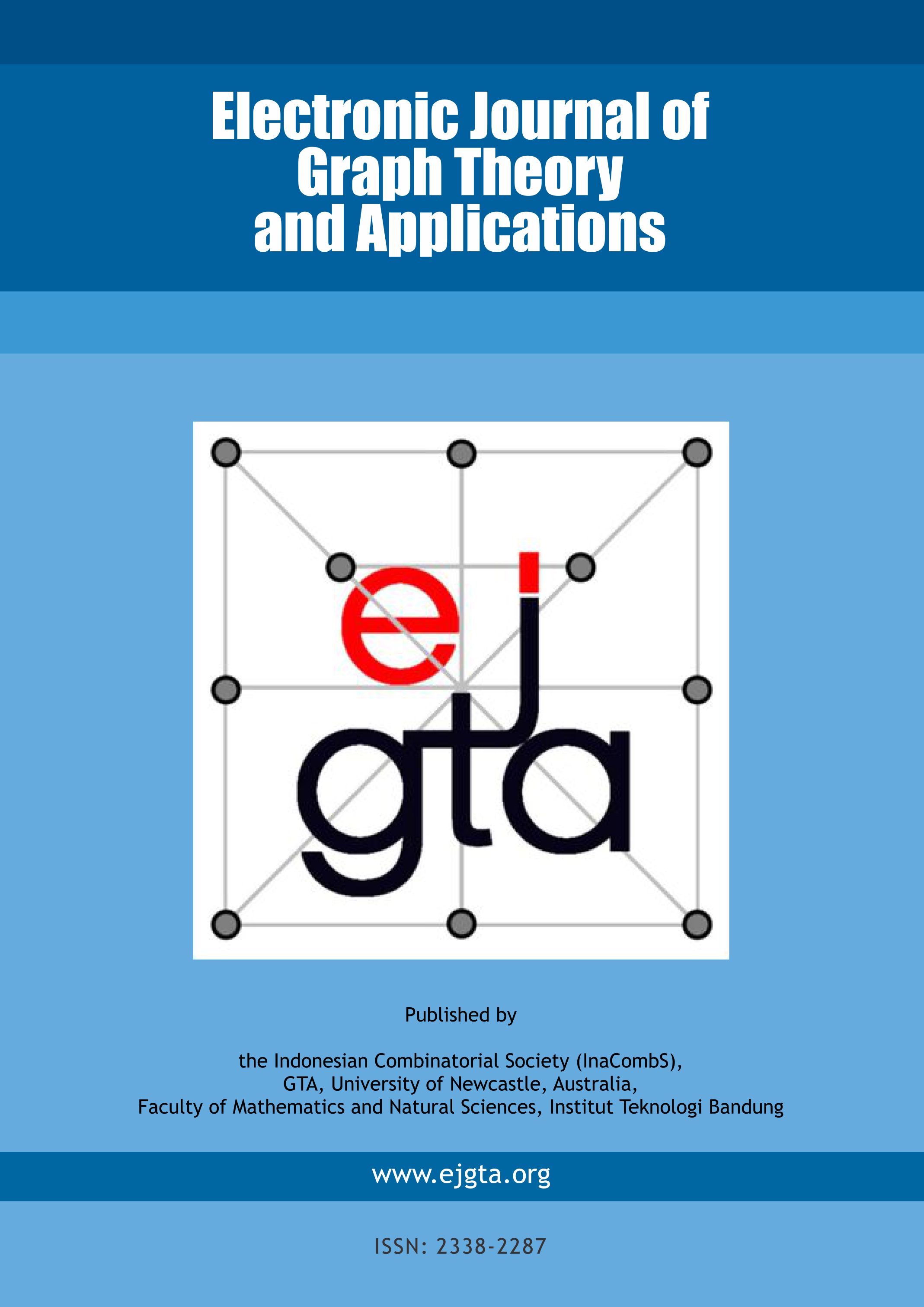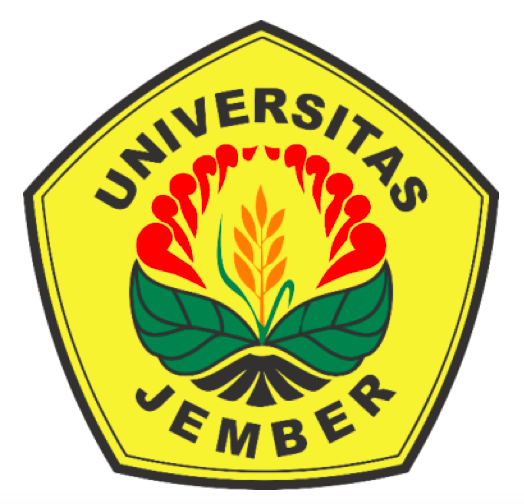Restricted size Ramsey number for path of order three versus graph of order five
Abstract
Let $G$ and $H$ be simple graphs. The Ramsey number for a pair of graph $G$ and $H$ is the smallest number $r$ such that any red-blue coloring of edges of $K_r$ contains a red subgraph $G$ or a blue subgraph $H$. The size Ramsey number for a pair of graph $G$ and $H$ is the smallest number $\hat{r}$ such that there exists a graph $F$ with size $\hat{r}$ satisfying the property that any red-blue coloring of edges of $F$ contains a red subgraph $G$ or a blue subgraph $H$. Additionally, if the order of $F$ in the size Ramsey number is $r(G,H)$, then it is called the restricted size Ramsey number. In 1983, Harary and Miller started to find the (restricted) size Ramsey number for any pair of small graphs with order at most four. Faudree and Sheehan (1983) continued Harary and Miller's works and summarized the complete results on the (restricted) size Ramsey number for any pair of small graphs with order at most four. In 1998, Lortz and Mengenser gave both the size Ramsey number and the restricted size Ramsey number for any pair of small forests with order at most five. To continue their works, we investigate the restricted size Ramsey number for a path of order three versus connected graph of order five.
Keywords
restricted size Ramsey number, path, connected graph
Full Text:
PDFDOI: http://dx.doi.org/10.5614/ejgta.2017.5.1.15
Refbacks
- There are currently no refbacks.
ISSN: 2338-2287

This work is licensed under a Creative Commons Attribution-ShareAlike 4.0 International License.



